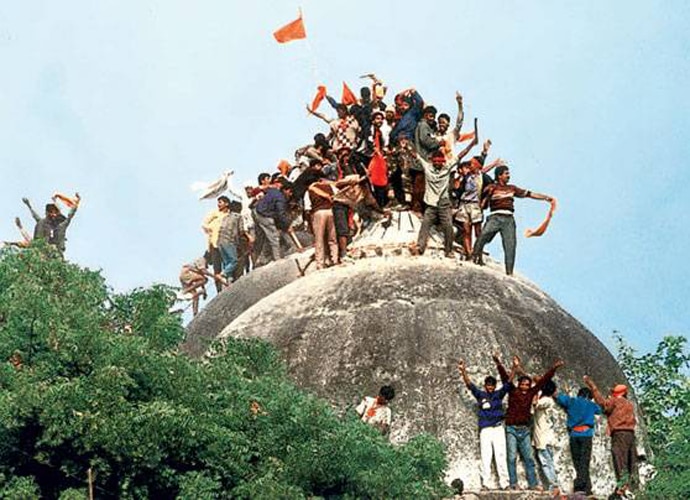How India can avoid being ruled by a fascist state

Hindutva nationalism was described by many radical as well as liberal intellectuals and writers as
There has been a great deal of discussion in India about the nature of the state and the political system. A particularly severe right-wing political ideology prepared to seriously repress the people using widespread violence and an ultranationalist ideology, commonly termed fascism, had been raised by the CPI(ML) or Naxalites in the late 1960s as a terrible and ruthless suppression of the masses of Indian people, to ensure an unbridled dictatorship of the capitalist-landlord ruling classes. This was critically seen as an attempt to ward off the negative effects of the economic crisis, to get the support of the important middle strata or petty bourgeois.
Though the CPI(ML) factions are now less powerful than they were in the late 1960s and 1970s, the question of fascism rose even during the imposition of the Emergency imposed by PM Indira Gandhi in late June 1975. The PM did this to avoid being debarred by the Election Commission from Parliament for six years. The Jaya Prakash Narayan anti-corruption movement, which initially rose in Bihar and then spread to other states, played a major role in isolating the Congress leadership.
However, in response to an argument by the CPI that the Sangh was "fascist", JP argued that by that token, he too was fascist. The CPI naively took JP's rhetorical reply as an admission of his fascism, and this was used by the CPI as a reason to support the Emergency.
Emergency was withdrawn by PM Indira Gandhi in March 1977, and the Congress and its allies were routed in the general elections that followed.
Later, during the run-up to the demolition of the Babri Masjid in Ayodhya on December 6, 1992, preceded by BJP leader LK Advani's bloody rath yatra, this bellicose Hindutva nationalism was described by many radical as well as liberal intellectuals and writers as "communal fascism". Though this term was popular at the time, the coming of the UPA government helped diminish the popularity of this pejorative term. It was diminished but did not go away.
 |
| The insertion of the Sangh parivar activists in key positions and the simultaneous ban on secular school textbooks has raised an alarm. Photo: India Today |
The massacre of Muslims in Gujarat in 2002 further revived the salience on the fascism label, so many used the term communal fascism. This critique of the Sangh parivar accentuated with the Modi government that came to power in 2014.
This period has been marked by a brazen Hindutva and the lack of creativity on the judiciary's part to protect the secular Delhi government from an unbridled assault orchestrated by the Union government, LG and the Delhi Police. This and a series of communal incidents from Dadri to Udhampur, to Rohith Vemula's death in the University of Hyderabad, to the police assault on JNU on February 9, 2016, and the insertion of the Sangh parivar activists in key positions, as well as the simultaneous ban on secular school textbooks, has raised an alarm. But there isn't currently a major economic crisis that necessitates fascism. There is no acute political crisis, the judicial system has not broken down, and importantly, there is no major politicisation of the military.
So Marxist leaders like Prakash Karat are right in arguing that currently there is no looming fascist threat. He argues that the BJP and its allies are an instance of a right-wing authoritarian movement, not fascism. That is correct. But it is also true that fascism is often preceded by right wing authoritarian movement.
This happened in both Germany and Spain in the 1920s and 1930s. So right-wing authoritarian movements have to be stopped before they become more extremist and violent leading to fascism. But how does one begin? Obviously, secular and democratic forces must unite.
But Prakash Karat, at the helm of the longstanding CPI(M), insists that the Congress, a ruling class party, cannot be part of the secular, democratic front. But the West Bengal unit of the party disagrees, and had an "adjustment", not alliance with the Congress in the Assembly elections.
This was criticised by the CPI(M). But theoretical questions do arise. The Bihar alliance included the RJD and JD(U), apart from the Congress. Aren't regional parties such as the SP, BSP, AIADMK, DMK, TDP, AGP, et al, also ruling-class parties?
Is their ideology consistent with that of the Congress? And when right-wing authoritarianism is growing, should there be complacency about the formation of a broad secular, democratic alliance? As the famous citation goes, "Those who fail to learn from history, are doomed to repeat it."

